There’s nothing more exciting for a home gardener than seeing a green chili plant covered in beautiful white flowers—each one promising a spicy little chili soon. But what if those flowers keep falling off and no chilies appear?
This is a common frustration among chili growers. The good news? It’s fixable.
In this complete guide inspired by the video “Green Chili Plant Life Cycle | Why Flowers But No Chilies? Fix It Now!”, we’ll explore every stage of the green chili plant’s life cycle and uncover the main reasons why your plants produce flowers but fail to fruit. We’ll also share practical solutions to help you fix the problem and enjoy a healthy, abundant chili harvest.
1. Understanding the Green Chili Plant Life Cycle
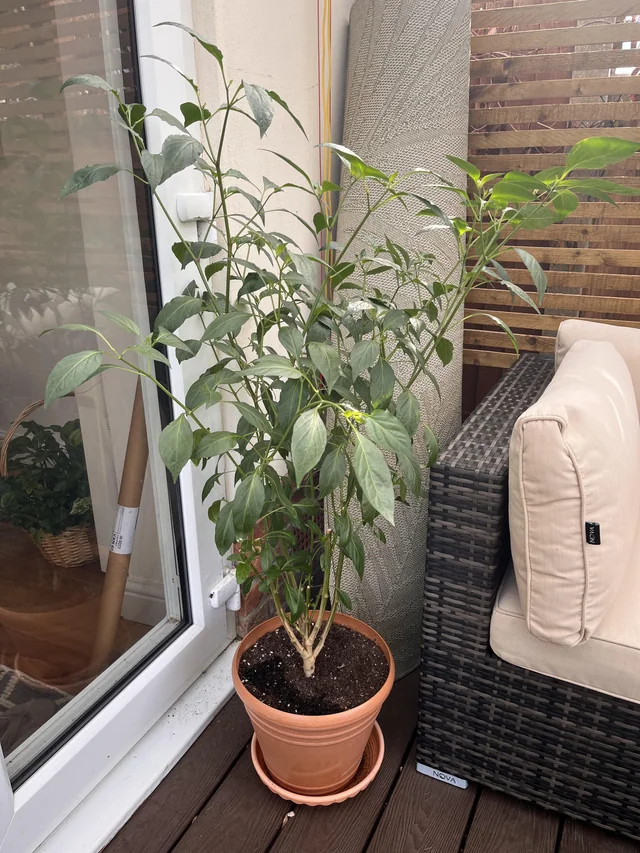
To solve the “no fruit” problem, it’s essential to first understand how a green chili plant grows. Like all flowering vegetables, chili plants go through distinct stages, and each one plays a critical role in fruit production.
Stage 1: Germination (7–14 days)
It all begins with a seed. Under warm, moist conditions (25–30°C), the chili seed absorbs water and sprouts. You’ll soon see a small seedling with two cotyledon leaves pushing out of the soil.
Stage 2: Seedling Growth (2–3 weeks)
The plant develops its first true leaves and starts growing stronger roots. During this time, adequate sunlight and balanced watering are crucial. Weak or leggy seedlings can delay flowering later.
Stage 3: Vegetative Stage (4–6 weeks)
The chili plant focuses on growing leaves, stems, and roots. Healthy foliage during this stage helps the plant store energy for flowering. Avoid excess nitrogen at this point—too much will lead to leafy growth but delay blooming.
Stage 4: Flowering Stage (6–8 weeks)
Now the exciting part begins! Small white or pale yellow flowers appear on the plant. These flowers are the precursors to chilies—but only if pollination and nutrient balance are correct.
Stage 5: Fruit Set and Growth (8–10 weeks)
After pollination, each flower’s base begins to swell into a small green pod. This pod will grow and mature into a full-sized chili.
Stage 6: Ripening (10–14 weeks)
Depending on the variety, green chilies may stay green or ripen to red, yellow, or orange. At this stage, the fruits become firm and flavorful, ready for harvest.
2. Why Flowers Don’t Turn Into Chilies
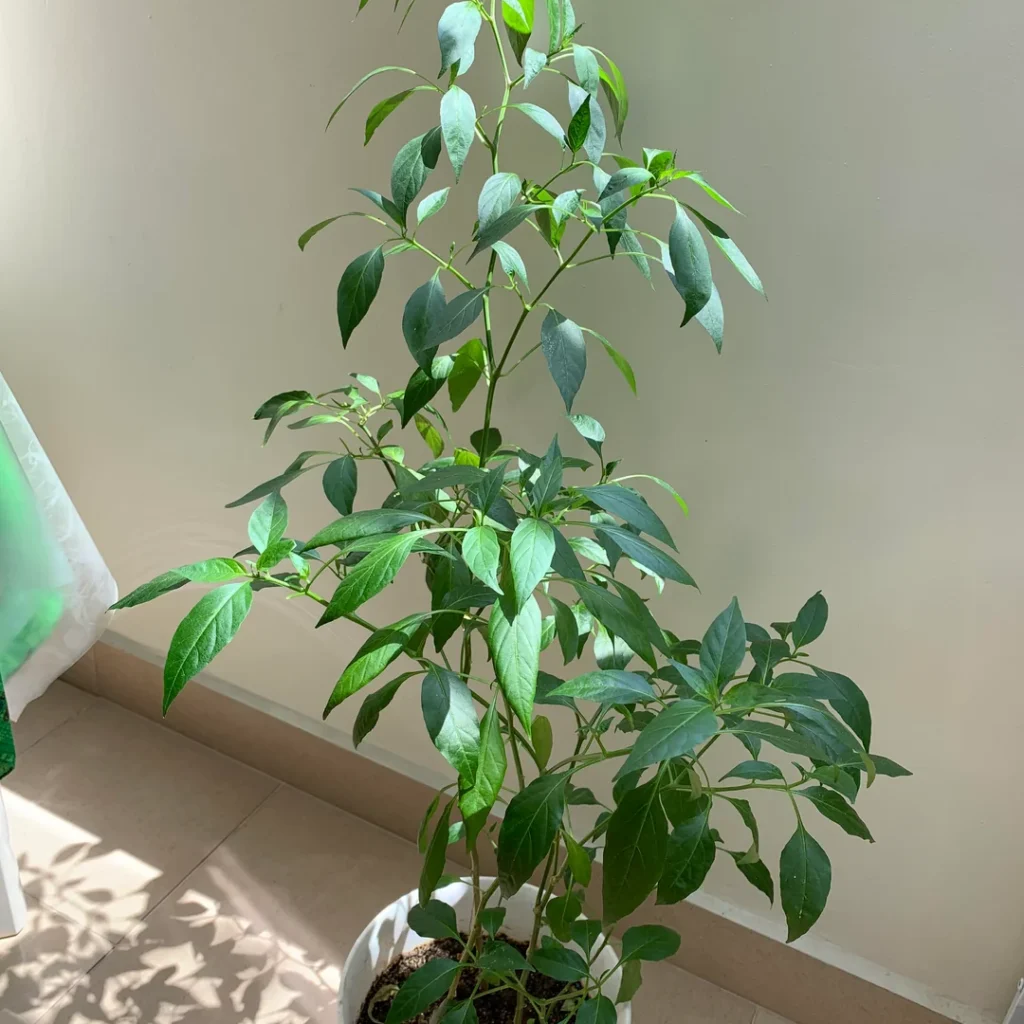
If your green chili plants produce flowers but no fruits, several factors could be responsible. Let’s look at the most common causes and how to fix each one.
1. Lack of Pollination
The Problem:
Green chili plants rely on pollination to form fruit. If pollination doesn’t occur, flowers will drop without producing chilies.
Causes:
- Absence of pollinators (like bees or butterflies)
- Indoor growing or stagnant air preventing pollen transfer
- Excess humidity that causes pollen clumping
The Fix:
- Gently shake or tap the plant to mimic natural pollination.
- Use a small brush or cotton swab to transfer pollen from flower to flower.
- Encourage pollinators by planting nectar-rich flowers nearby.
- If growing indoors, use a fan to ensure good air movement.
2. High Temperatures

The Problem:
Chili plants are heat-lovers, but excessive heat (above 35°C) can cause flower drop and poor fruit set.
The Fix:
- Provide light shade during peak summer hours using shade netting or garden cloth.
- Water regularly in the early morning or evening to prevent stress.
- Add mulch around the base to keep the soil cool and moist.
Consistent, moderate warmth (between 24°C and 30°C) encourages flowers to convert into fruits.
3. Overfertilization with Nitrogen
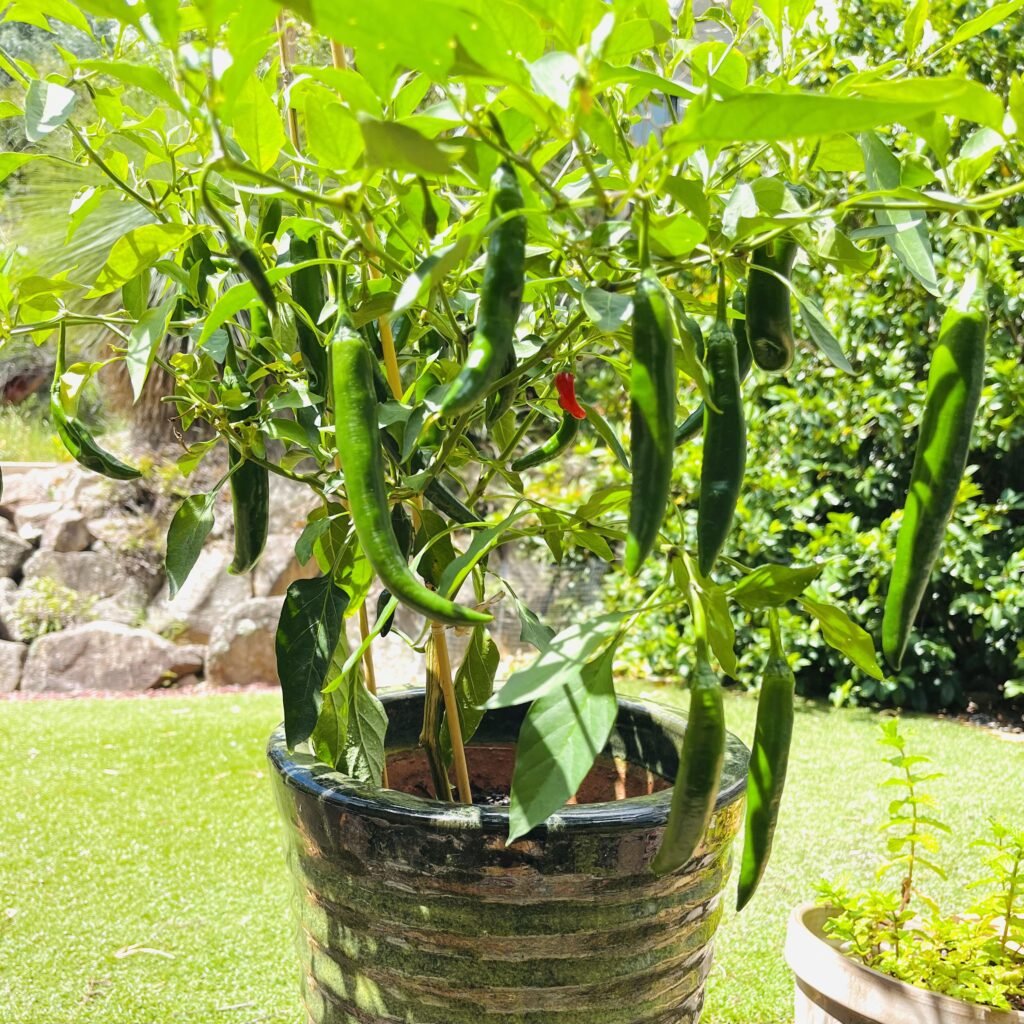
The Problem:
Too much nitrogen results in lush green foliage but very few flowers or fruits. The plant focuses on vegetative growth instead of reproduction.
The Fix:
- Use a balanced fertilizer such as 10-10-10 or a low-nitrogen, high-potassium mix.
- Stop using urea or ammonium sulfate once the plant starts flowering.
- Add bone meal or potassium-rich compost to encourage fruiting.
Potassium and phosphorus help flowers turn into chilies and improve fruit size and quality.
4. Water Stress
The Problem:
Both underwatering and overwatering can cause buds and flowers to fall off before fruiting.
The Fix:
- Water deeply but less frequently. Allow the top inch of soil to dry between waterings.
- Ensure your soil or container drains well to prevent root rot.
- In hot weather, mulch around the plant to retain soil moisture.
Consistency is key—chili plants dislike sudden changes in watering patterns.
5. Poor Soil Nutrition
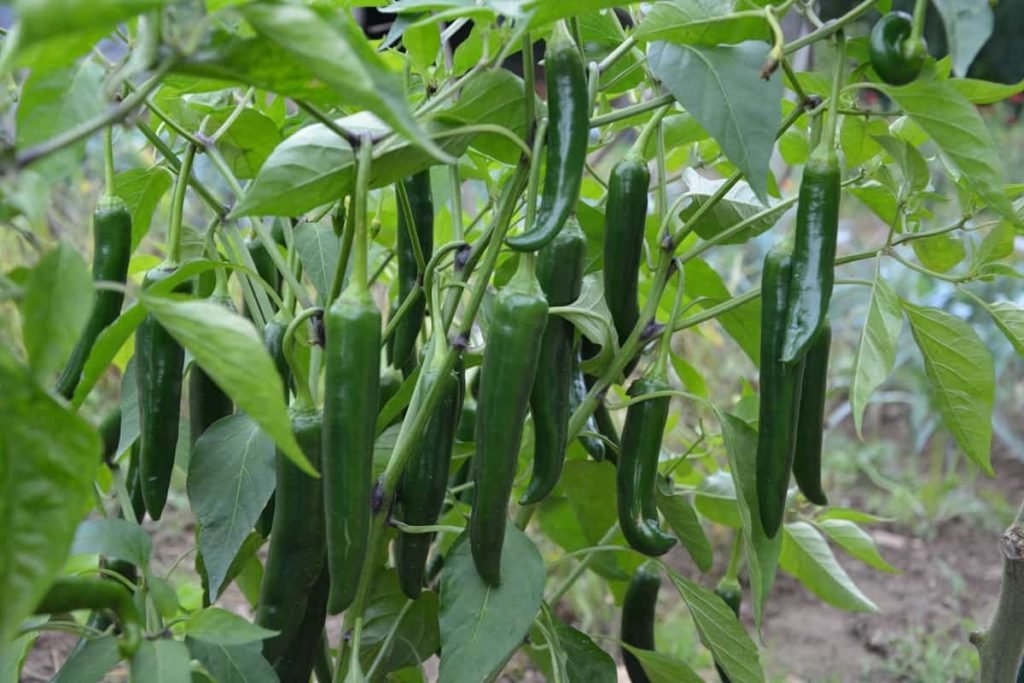
The Problem:
Chili plants are heavy feeders and need plenty of nutrients to flower and fruit properly.
The Fix:
- Before planting, enrich your soil with organic compost or well-rotted manure.
- During the flowering stage, apply a liquid seaweed or compost tea every 2–3 weeks.
- For container-grown chilies, use a slow-release vegetable fertilizer to keep nutrients steady.
Healthy soil leads to healthy blooms—and plenty of chilies.
6. Pests and Diseases
The Problem:
Common pests like aphids, thrips, whiteflies, and spider mites can damage flowers, while fungal infections can cause buds to drop.
The Fix:
- Inspect leaves regularly for insects or eggs.
- Spray neem oil solution (1 tsp neem oil + 1 liter water + few drops of soap) weekly.
- Remove infected leaves and avoid overhead watering.
- Maintain airflow around the plants to prevent fungal growth.
A clean, pest-free environment ensures your flowers develop into strong fruits.
3. Best Practices for Healthy Flower-to-Fruit Conversion
To maximize chili yield, follow these practical tips throughout the plant’s life cycle:
1. Proper Spacing
Space plants 12–18 inches apart to ensure good airflow. Overcrowded plants compete for nutrients and attract diseases.
2. Sunlight
Green chili plants need 6–8 hours of direct sunlight daily. Without adequate light, plants may bloom weakly or fail to set fruit.
3. Pruning
Pinch off the first few flowers to help the plant develop strong branches. Later, remove yellow or lower leaves to focus the plant’s energy on fruiting.
4. Use Epsom Salt
A monthly feeding of Epsom salt (1 tablespoon per liter of water) can improve magnesium levels, enhancing flower and fruit development.
5. Consistent Care
Keep a regular schedule for watering, feeding, and pest control. Inconsistent care is one of the main reasons for flower drop.
4. Container Growing Tips
If you’re growing chilies in pots or grow bags:
- Use containers at least 12 inches deep with drainage holes.
- Fill with a loamy, well-draining mix (garden soil + compost + coco peat).
- Place pots in a sunny location like a terrace or balcony.
- Feed with a liquid organic fertilizer every 15 days.
- During flowering, use a bloom booster with extra potassium and phosphorus.
Container-grown chilies often produce abundantly when properly fed and watered.
5. The Rewarding Stage: Fruit Development and Harvest
Once pollination succeeds, the flower base begins to swell into a tiny green chili pod. Over time, these pods grow longer and firmer. Depending on your variety and climate, chilies will be ready to harvest in 70–90 days after planting.
When to Harvest
- For mild flavor: Pick when they’re light green and tender.
- For stronger flavor or drying: Allow them to mature to red or dark green.
Use scissors or garden shears to snip off the chilies to avoid damaging branches.
After Harvest
Regular harvesting encourages more flowers and fruits to develop, keeping your chili plant productive for months.
6. Troubleshooting Quick Guide
| Problem | Cause | Solution |
|---|---|---|
| Flowers dropping | Heat stress or lack of pollination | Hand-pollinate, provide shade |
| Lush leaves, no fruits | Too much nitrogen | Switch to balanced or low-nitrogen fertilizer |
| Small or deformed chilies | Poor soil nutrition | Add compost and potassium-rich feed |
| Yellowing leaves | Overwatering or magnesium deficiency | Improve drainage; apply Epsom salt |
| Pest-infested flowers | Aphids, thrips, mites | Neem oil or insecticidal soap spray |
7. Extending Your Chili Harvest
Chili plants can produce for up to a year if cared for properly. After harvesting, you can:
- Prune the plant slightly to encourage new growth.
- Feed with compost tea to boost flowering again.
- Keep plants in containers indoors during winter for continuous fruiting.
If you’re growing multiple plants, rotate them each season to maintain soil health and prevent disease buildup.
Conclusion
The green chili plant life cycle is a fascinating journey—from tiny seeds to flowering and fruiting. While it’s common to see plants flowering without producing chilies, understanding why this happens helps you take timely action.
By ensuring proper pollination, maintaining the right nutrient balance, and protecting your plants from stress, you can turn those delicate flowers into an abundant harvest of fiery green chilies.
With patience and care, you’ll soon be enjoying fresh, homegrown chilies in your kitchen—whether for curries, pickles, or spicy sauces. So, fix those flower issues today and watch your green chili plants burst into life with endless flavor and heat!



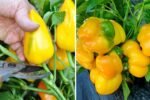
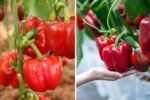
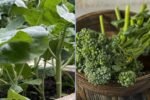
Leave A Comment